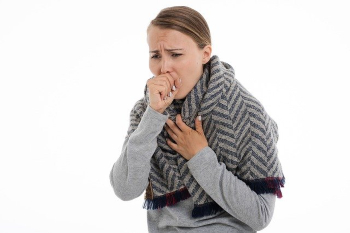Enlargement of the spleen (located under your left rib cage) and inflammation of the liver can occur with mono. An enlarged spleen is vulnerable to injury; therefore contact sports or weight lifting should be avoided for 4 weeks . Rupture of the spleen, a rare but potentially serious complication, can occur. The development of severe pain under the left rib cage requires immediate medical evaluation.
Inflammation of the liver, “mono hepatitis,” is another uncommon complication. This can cause jaundice, a yellow discoloration of the eyes and skin. Alcohol may need to be avoided for as much as a year after illness because of the possible damage to liver cells. Even if jaundice does not occur, it is wise to avoid alcohol for 3 months after the illness.


